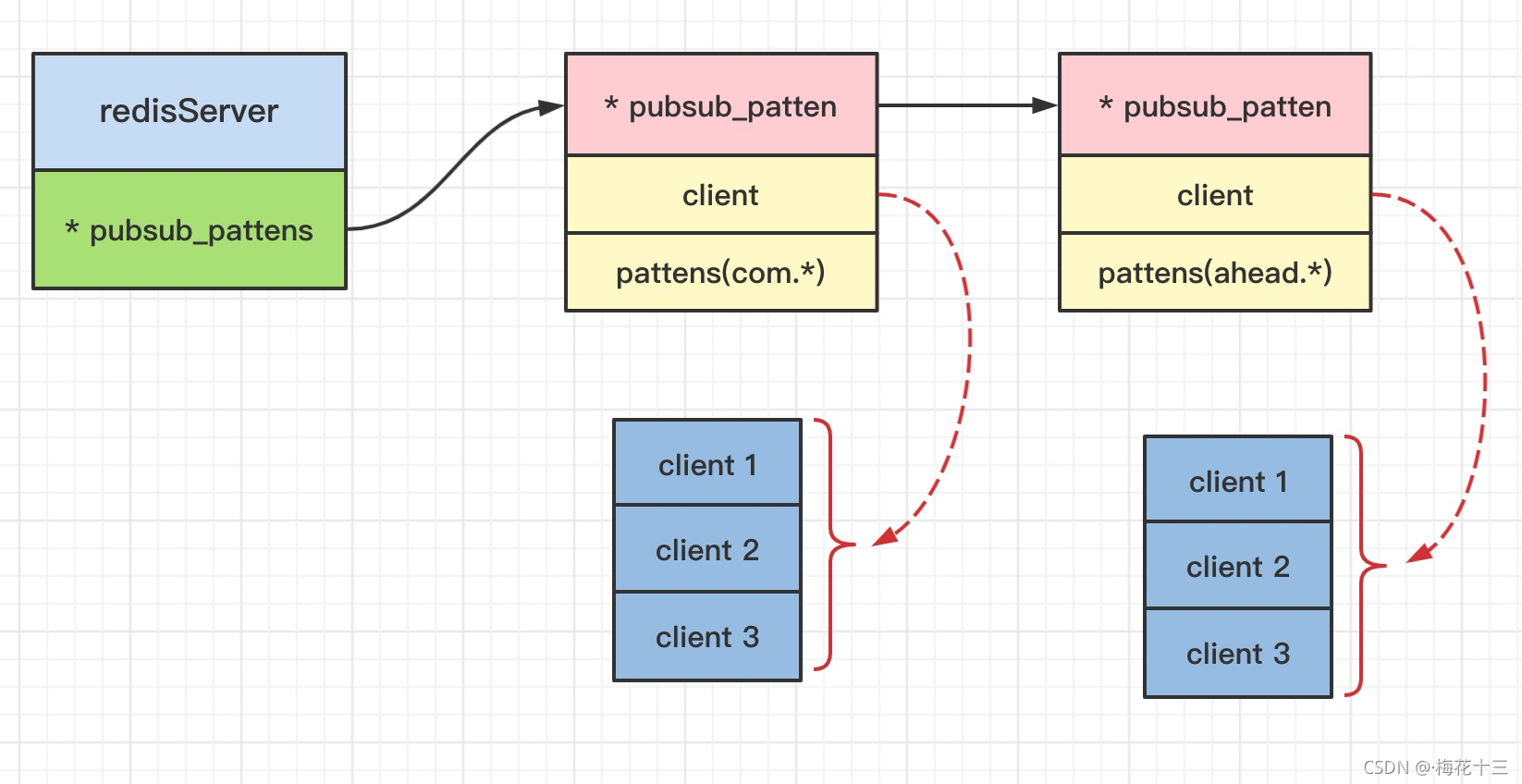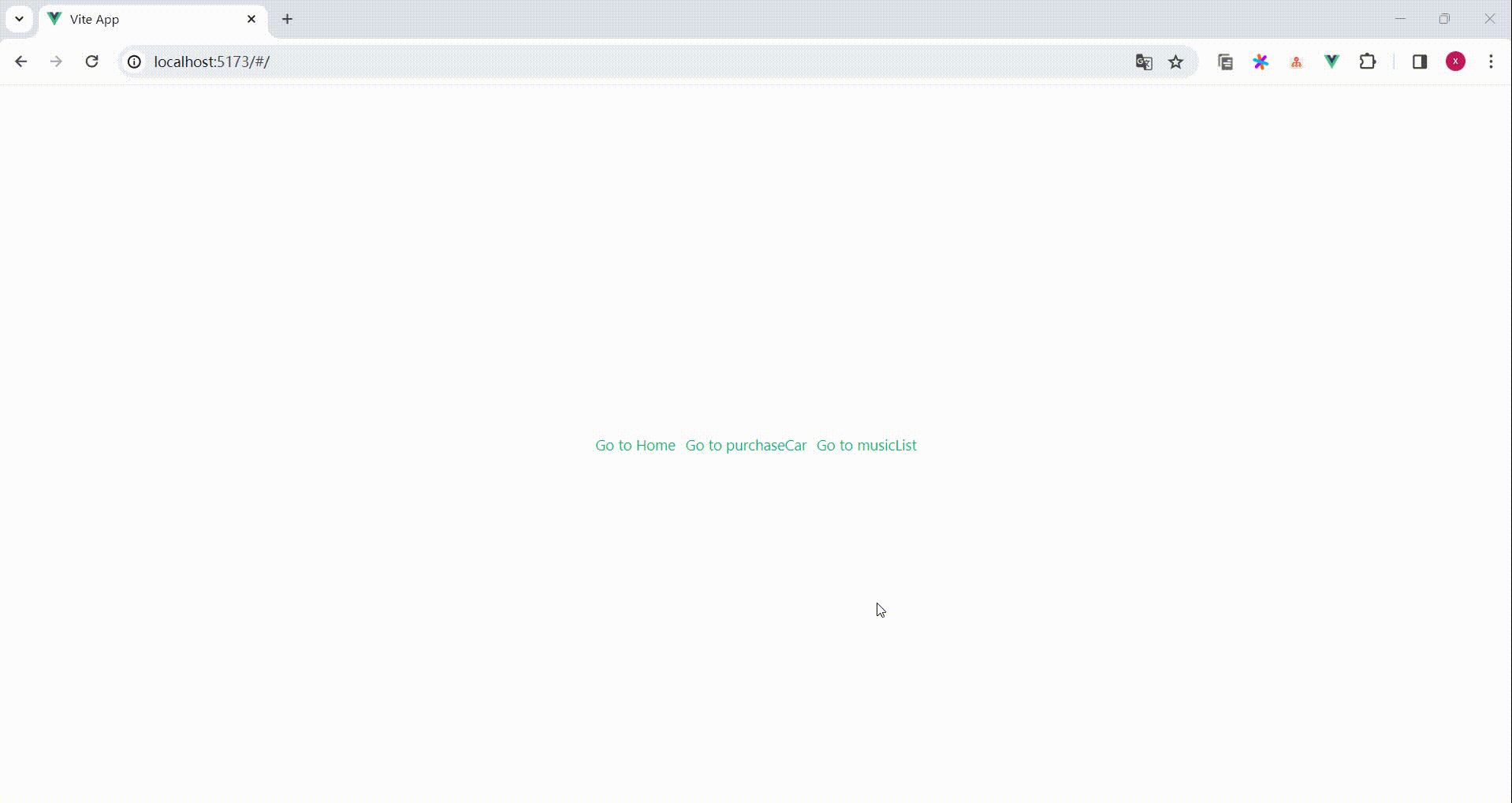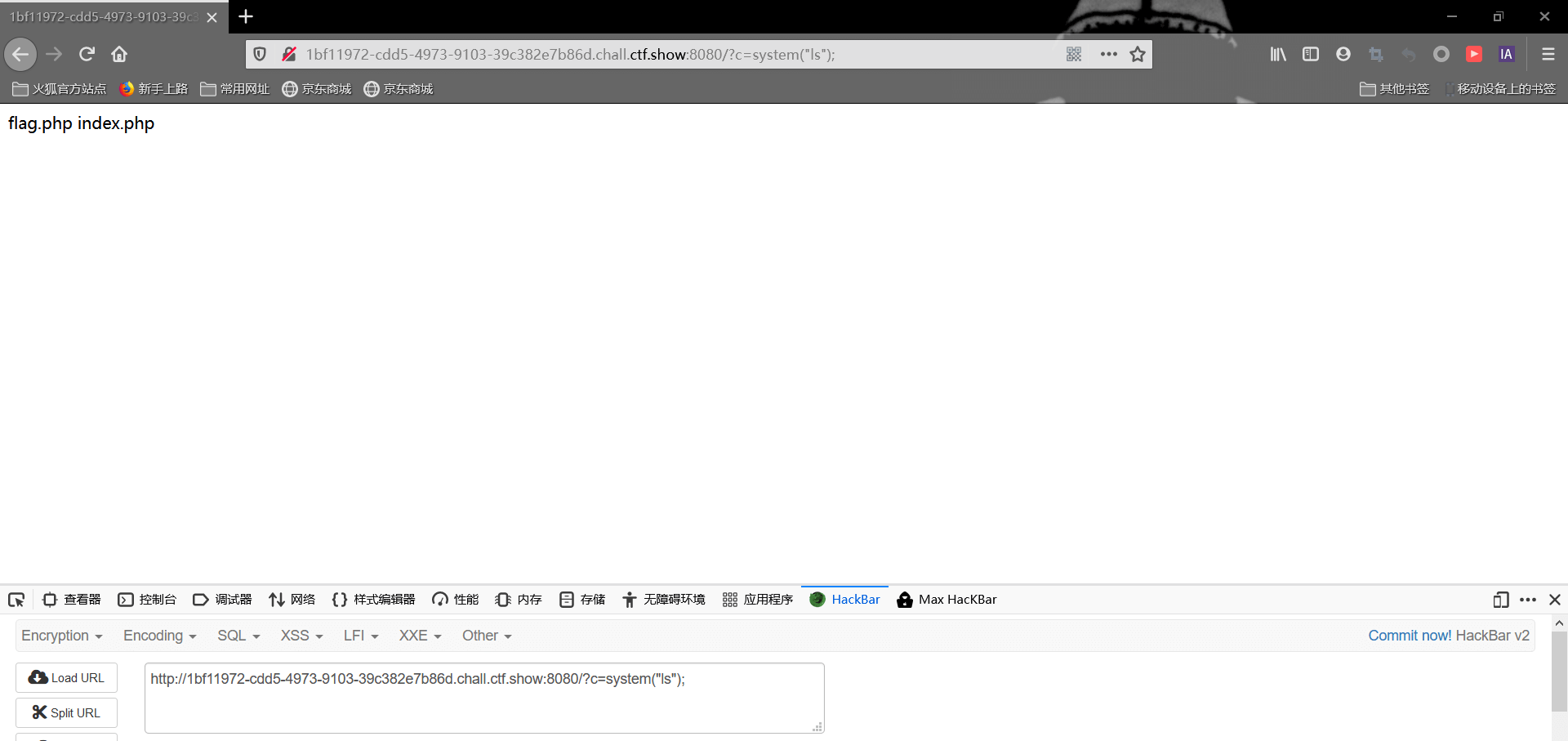“如何实现Redis延时队列”这个面试题应该也是比较常见的,解答如下:
使用sortedset(有序集合) ,拿时间戳作为 score ,消息内容作为key 调用 zadd 来生产消息,消费者用zrangebyscore 指令获取 N 秒之前的数据轮询进行处理。
目录
- 实现思路
- 引入Jedis
- 指令简介
- zadd
- zrem
- zrangeByScore
- Java实现Redis延时队列
实现思路
Java实现Redis延时队列,首先要了解何为延时队列,即可以将消息存储在队列中,并在指定的延时时间后再将消息出队。这种队列在很多场景下都非常有用,例如消息延时处理,延时确认(订单确认) 等,参考以上解答,思路应该拆分:
首先需要有个延时队列,该队列是通过一定顺序(当前时间戳+延时时间)排序的(即优先取到延时时间已结束的数据),然后消费者端就需要获取到队列中延时时间靠前结束的数据(即当前时间戳+延时时间靠前)。
引入Jedis
<dependency><groupId>redis.clients</groupId><artifactId>jedis</artifactId><version>3.7.0</version>
</dependency>
指令简介
zadd
zadd命令用于将一个成员Score值加入到有序集合中。Score值可以是整数或者浮点数。如果有序集合中已经存在相同的成员,那么旧成员将被替代。
语法:ZADD key Score member [Score2 member2 …]
示例:ZADD students 100 alice 或 ZADD students 80 alice 90 bob (添加单个或多个情况)
zrem
zrem命令用于从有序集合中移除一个或多个成员。该命令接收两个参数:第一个参数是要操作的有序集合的键,第二个参数是将要移除的成员的值。
语法:ZREM key member [member …]
示例:ZREM students alice
zrangeByScore
zrangeByScore命令用于获取分数在指定范围内的所有成员。
语法:ZRANGEBYSCORE key min max [WITHSCORES] [LIMIT offset count]
参数说明:
key:Redis中的键。
min:最小分数。
max:最大分数。
WITHSCORES:可选参数,如果设置为true,则返回分数以及成员。
LIMIT:可选参数,用于限制返回的成员数量。
offset:偏移量,从第几个成员开始。
count:限制返回的成员数量。
返回值:
按照分数升序返回成员列表。
如果设置了LIMIT参数,则返回限制数量的成员。
示例:ZADD ZRANGEBYSCORE students 80 90 WITHSCORES
Java实现Redis延时队列
核心部分,消息队列工具类
import redis.clients.jedis.Jedis;
import java.util.Set;public class DelayQueueWithRedis {private Jedis jedis;private String queueKey;public DelayQueueWithRedis(Jedis jedis, String queueKey) {this.jedis = jedis;this.queueKey = queueKey;}// 添加消息到延迟队列public void push(String message, long delaySeconds) {// 计算消息的分数,这里使用消息进入队列的时间加上延迟时间long score = System.currentTimeMillis() / 1000 + delaySeconds;//向有序集合添加一个成员,并设置其分数jedis.zadd(queueKey, score, message);}// 获取并消费一条消息public String pop() {while (true) {long now = System.currentTimeMillis() / 1000;// 只获取分数在0到当前时间的元素Set<String> messages = jedis.zrangeByScore(queueKey, 0, now, 0, 1);if (messages.isEmpty()) {System.out.println("No messages");// 没有可消费的消息,休眠一会儿继续尝试try {Thread.sleep(500);} catch (InterruptedException e) {Thread.currentThread().interrupt();break;}} else {String message = messages.iterator().next();// 从有序集合中移除一个成员jedis.zrem(queueKey, message);return message;}}return null;}
}
生产者端测试
import redis.clients.jedis.Jedis;/*** @Author: zhangximing* @Email: 530659058@qq.com* @Date: 2024/2/19 16:53* @Description: 生产者端测试*/
public class MainP {public static void main(String[] args) {Jedis jedis = new Jedis("localhost",6379);DelayQueueWithRedis delayQueue = new DelayQueueWithRedis(jedis, "delay_queue");// 添加延时消息delayQueue.push("message1", 5);delayQueue.push("message2", 10);delayQueue.push("message3", 8);}}
消费者端测试
import redis.clients.jedis.Jedis;/*** @Author: zhangximing* @Email: 530659058@qq.com* @Date: 2024/2/19 16:51* @Description: 消费者端测试*/
public class MainC {public static void main(String[] args) {Jedis jedis = new Jedis("localhost",6379);DelayQueueWithRedis delayQueue = new DelayQueueWithRedis(jedis, "delay_queue");// 消费延时消息while (true) {String message = delayQueue.pop();if (message != null) {System.out.println("Consumed: " + message);}}}
}
测试结果:数据在延时指定时间后才正常打印
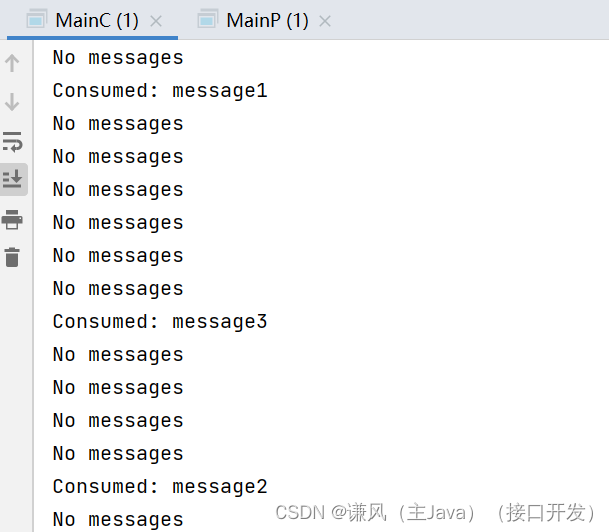

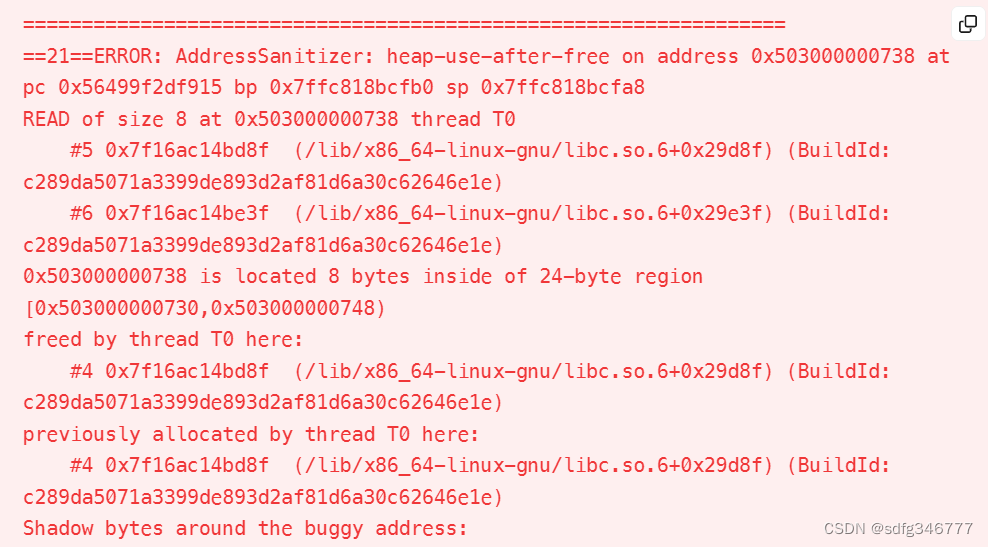


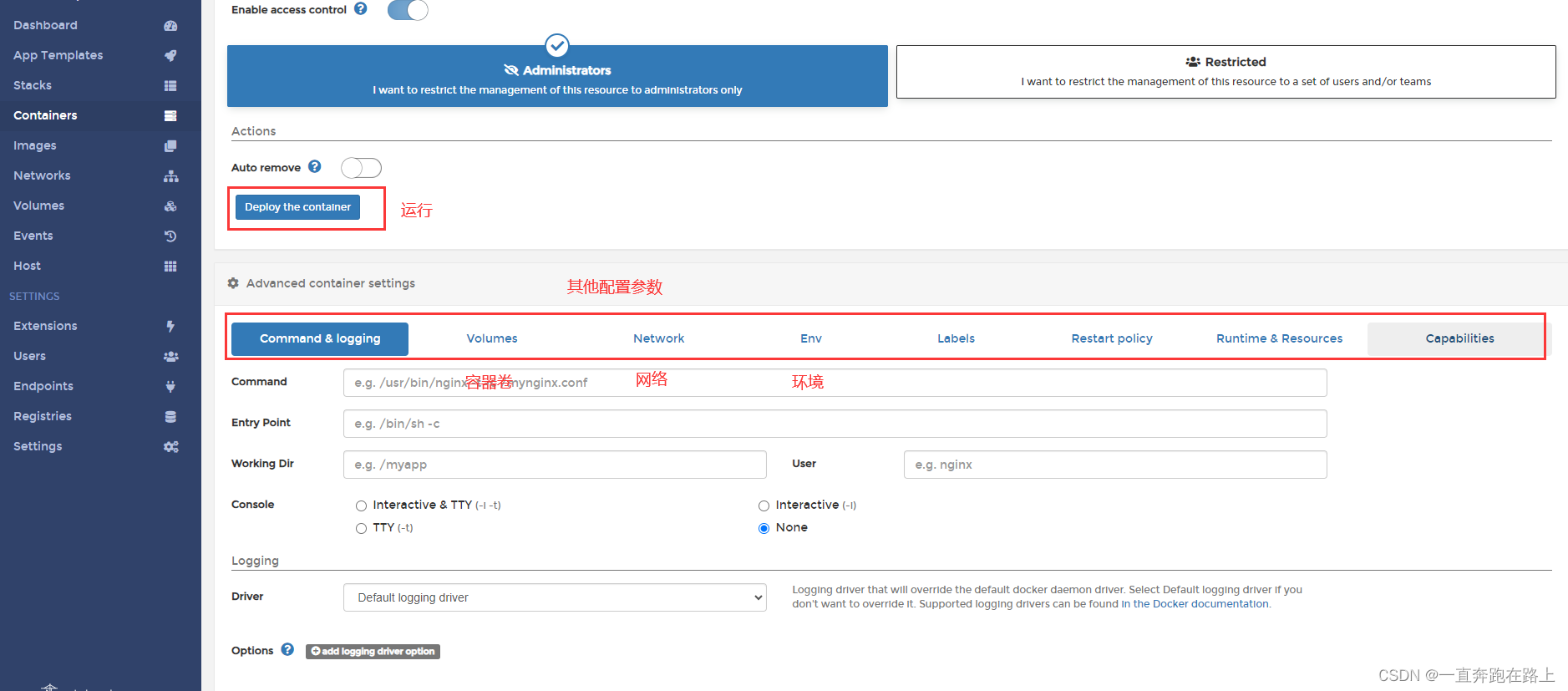
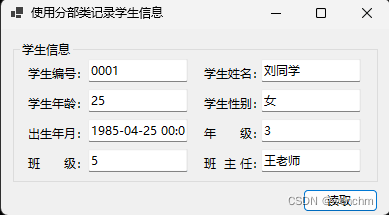
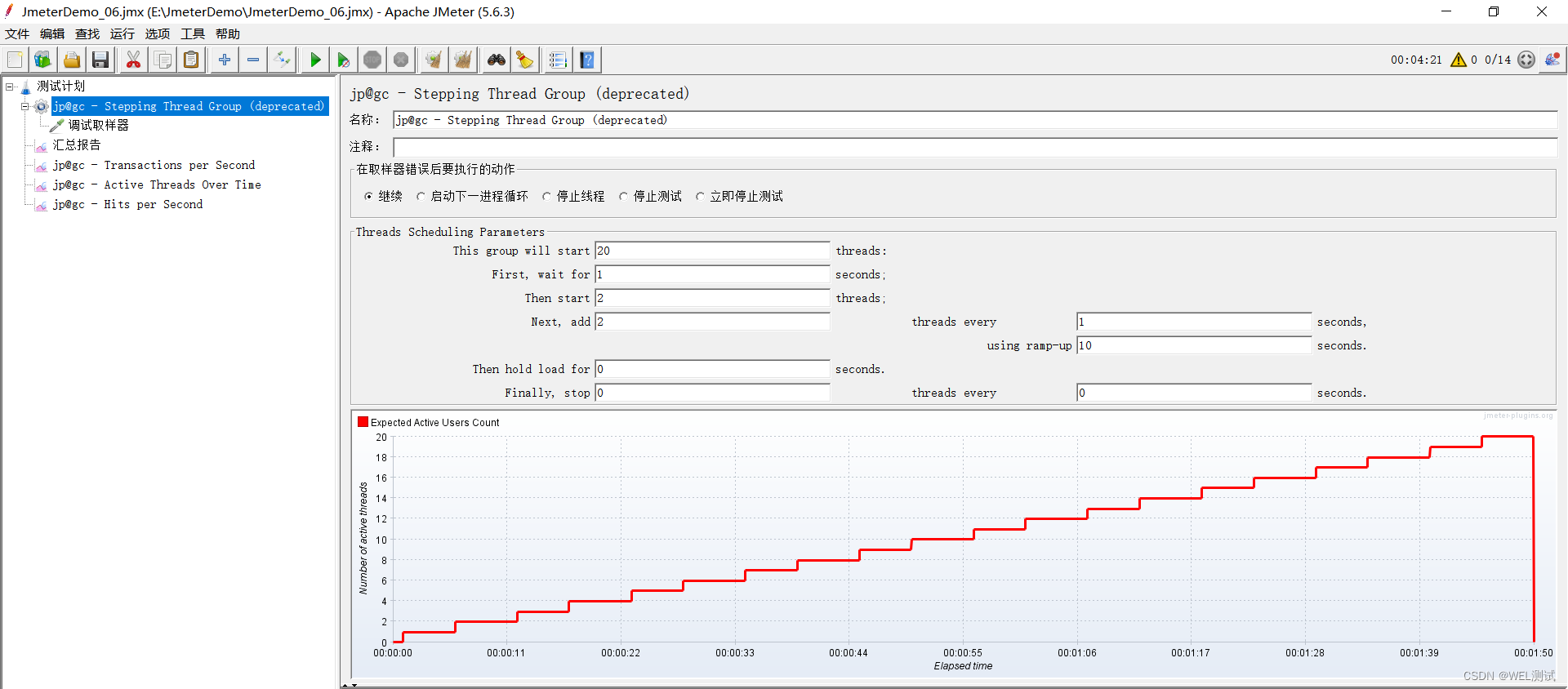
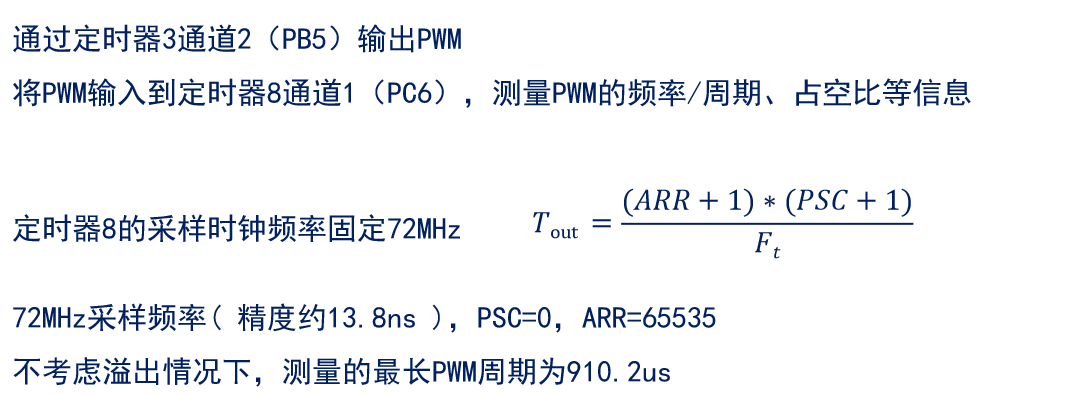

![[C#]winform基于opencvsharp结合pairlie算法实现低光图像增强黑暗图片变亮变清晰](https://img-blog.csdnimg.cn/direct/faf01fde3bbe4fc18bc9291aed043d4e.jpeg)
